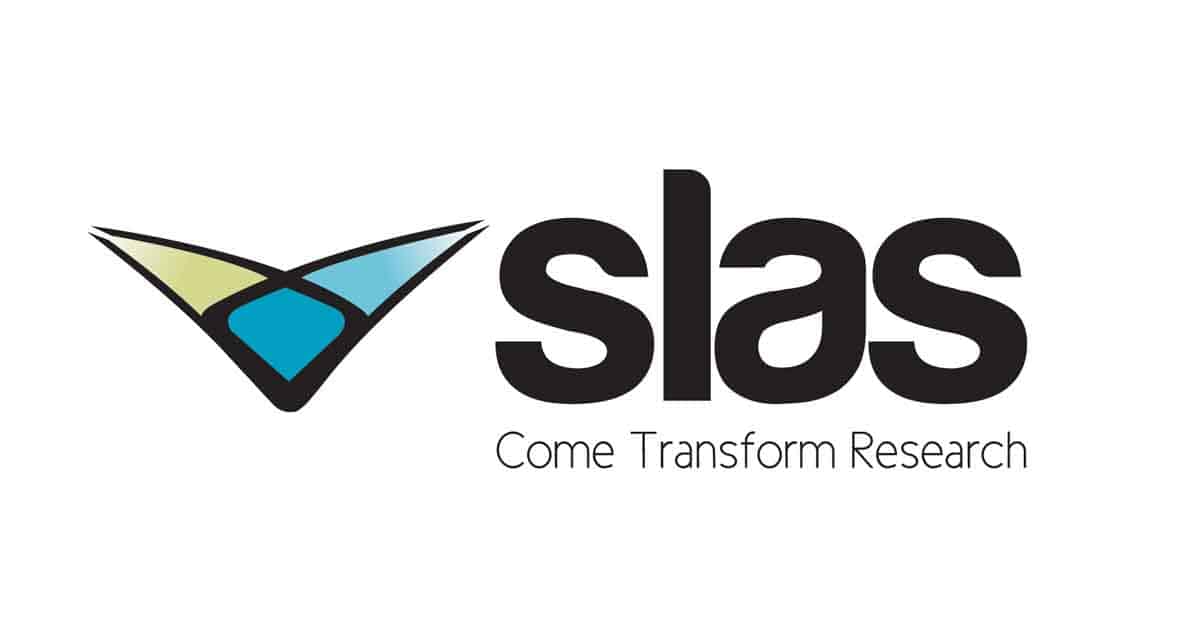The existing drug development process is rife with problems. It is expensive in terms of time and money, success rates are low, and it remains overly reliant on animal testing. At Hooke Bio, we believe that we have a solution to overcome these challenges.
The Process
Drug development can be broken into two phases – preclinical and clinical. It costs an average of $2.5 billion and 10 years to bring a new drug to market. In addition, the success rate for drugs going through this process is very low. For every ten drugs that make it through the preclinical phase, only one will make it to market.
Methods used during the preclinical phase have very poor predictability in humans, as they largely rely on traditional cell culture techniques and animal testing. This often leads to issues of toxicity or functionality when, years down the line, these drugs are finally tested on humans during the clinical phase.
Our contention is that the current process of drug development is inefficient and inordinately expensive in terms of time and money. The experience of Covid-19 has prioritised the need for fast drug and vaccine turnaround. Companies are now looking to disruptive technologies to meet the need for swifter identification of promising drug candidates.
Our aim is to disrupt the drug development process at its preclinical phase, making it exponentially more effective and reducing the reliance on animal testing.
The Market
Our technology has the potential to capture large portions of the global drug discovery market, which is expected to grow to $110.4bn by 2025, specifically in High Throughput Screening (HTS), where the market is expected to increase to USD$20.1bn by 2025.
The HTS space has a strong acquisitions history, and overall drug discovery tools mergers and acquisitions have shown strong performance over the last 10 years. Large drug companies including AstraZeneca, Pfizer and Bristol Meyer Squibb have publicly announced the need for improved drug screening models, but the technologies required act as a barrier to entry.
Notwithstanding the obvious technological requirements for change to the process, there is also socio-political pressure to adopt more human and ethical approaches to drug research and development. At Hooke Bio, we believe that we are in a position to provide this technology at a pivotal stage for the industry.
The MEra System
We have developed a system which we believe can revolutionise the preclinical phase of drug development. This MEra system makes use of Micro-Physiological Systems (MPS), which refers to “organ-on-a-chip” or “body-on-a-chip” type technologies that support microtissue structures using engineered microfluidic technologies.
MEra works by adding cells or microtissues to a dedicated consumable bio-plate. This plate is then integrated into the main MEra system, where a chemical cocktail can be introduced to batches of cells on the plate to mature them into different tissue types such as liver, heart, neuronal or cancer microtissues.
The applicability of microtissues for drug screening has come to the fore in recent years, and is increasingly gaining industry recognition and use, particularly in the research and development departments of pharmaceutical companies. However, a lack of technologies in the market makes it difficult to screen microtissues at the scale required by drug companies.
The MEra system is modular and scalable, allowing a single unit to run up to 800 microtissues simultaneously. This is many times more than Hooke Bio’s nearest competitor, and has the potential to reduce the cost of drug discovery by hundreds of millions of dollars and to significantly reduce industry reliance on animal testing.
Hooke Bio has designed, assembled and tested the first prototype of the MEra system, and is now looking to collaborate with a pharmaceutical company to validate the technology, and improve their preclinical phase drug development efforts, drastically reducing the time and cost currently involved.
At its current stage of development, MEra could be the focus of a collaborative research initiative between Hooke Bio and a pharmaceutical company, with the aim of that research partnership being to improve the company’s drug development efforts.








